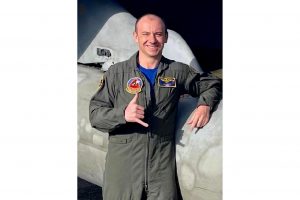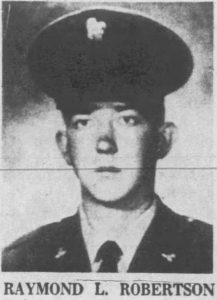Bosie Arnold Adams, age 20, from Park County Butte, Montana .
Parents: Mrs. Elmer M. Francisco
Service era: Korea
Date of death: Unknown
Death details: By mid-November 1950, U.S. and Allied forces had advanced to within approximately sixty miles of the Yalu River, the border between North Korea and China. On November 25, approximately 300,000 Chinese Communist Forces (CCF) “volunteers” suddenly and fiercely counterattacked after crossing the Yalu. The 2nd Infantry Division, located the farthest north of units at the Chongchon River, could not halt the CCF advance and was ordered to withdraw to defensive positions at Sunchon in the South Pyongan province of North Korea. As the division pulled back from Kunu-ri toward Sunchon, it conducted an intense rearguard action while fighting to break through well-defended roadblocks set up by CCF infiltrators. The withdrawal was not complete until December 1, and the 2nd Infantry Division suffered extremely heavy casualties in the process. Corporal Bosie Arnold Adams, who joined the U.S. Army from Montana, was a member of the Headquarters Company, 9th Infantry Regiment, 2nd Infantry Division. He was captured by the CCF during the breakout from Kunu-ri. He was eventually marched to Camp 5, a prison camp on the banks of the Yalu River in North Korea, where he died of pneumonia and dysentery in February or March 1951. He was buried near the camp, but his remains have not been recovered, and he was not identified among the remains returned to U.S. custody after the war. Today, Corporal Adams is memorialized on the Courts of the Missing at the National Memorial Cemetery of the Pacific. His name is also inscribed on the Korean War Veterans Memorial Wall in Washington, DC, which was updated in 2022 to include the names of the fallen.
Source: National Archives, Defense POW/MIA Accounting Agency, Associated Press (1954)


